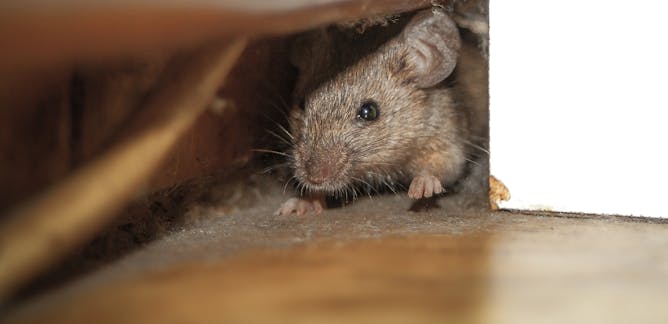
Articles on Urban ecology
Displaying 1 - 20 of 32 articles

An evolutionary biologist is studying what these resilient urban pests can teach us about adaptation and evolution.

An ecologist, a mathematician and a taxonomist were locked down together in a suburban house. So they counted all the species of plants and animals they could find.

Animals and plants living in cities are more likely to thrive when they are able to quickly adapt to urban conditions.

Urban coyotes prey on rodents and spread plant seeds. It’s OK to observe them from a distance, but then you should chase them off.

Urban ecosystem services sustain life but aren’t well protected.

There’s enormous value in citizen science projects that encourage urban-dwellers to learn about what is often, quite literally, on their doorsteps.

As we look beyond a world besieged by Covid-19, the relationship between humans and nature in our cities must be shaped and reclaimed.

Cities are among the harshest habitats on Earth. But when planned properly, private gardens can help improve their liveability.

Plague-wary Londoners tolerated mischievous red kites and ravens for their services to the city’s sanitation.

To protect urban trees, it’s important to reduce the impact from construction. Advance planning and close supervision can help.

Greenwashing spin is often used to justify chopping down mature street trees.

Scientists find inequality between humans also harms the birds, the bees, the microbes and the trees.

Domestic gardens offer an oasis for urban wildlife, and are a sight for sore eyes during lockdown.

With wild boar in Barcelona and coyotes in San Francisco, the lockdown has transformed concrete jungles worldwide.

Cities often embark upon drastic and expensive eradication campaigns designed to rapidly rid the city of pests like rats. But are the surviving rats stronger or weaker than before?

A film about Cape Town’s environmental resources features a cast as diverse as breakdancers and wetland activists - and is being used as a study aid globally.

Drains take up precious but inaccessible open space in our cities. Converting these to living streams running through the suburbs could make for healthier places in multiple ways.

Formby is one of the only remaining urban areas in England where red squirrels can be found at all.

These agile and unfussy animals are well-placed to exploit all the food we leave lying around.

Animals shed bits of DNA as they go about their lives. A new study of the Hudson River estuary tracked spring migration of ocean fish by collecting water samples and seeing whose DNA was present when.
